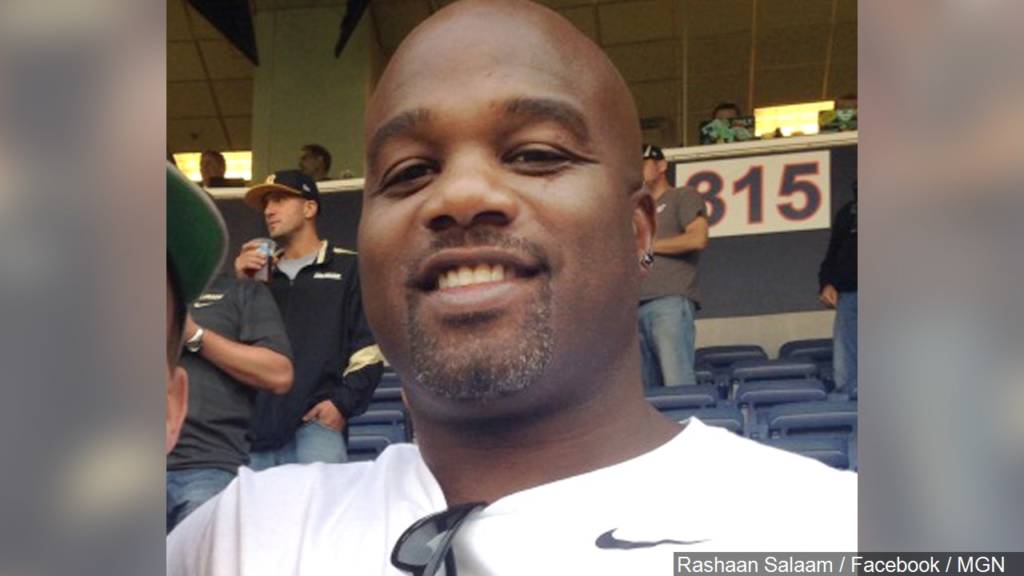
Salaam, the 1994 Heisman Trophy winner, spent three years with the Chicago Bears and also played for the Cleveland Browns.
He finished his NFL career with 1,684 rushing yards and 14 total touchdowns.
After his final year in the NFL in 1999, Salaam played for the Memphis Maniax in the XFL.
In the league's only season, he finished fourth in rushing yards (528) and tied for third in rushing touchdowns (five).
In college, Salaam starred for the Colorado Buffaloes. He led the country in rushing yards (2,055) and rushing touchdowns (24) as a junior. Fresh off a 2,000-yard season, Salaam became the first and still the only CU player to win the Heisman.
While all the details surrounding his death are still unclear, Salaam's mother said police told her that her son left a suicide note.
Police on Wednesday would not confirm or deny the existence of a note, saying the investigation was ongoing. While the suicide has not been confirmed, some who knew him say they are not surprised.
"The warning signs started years ago, when he said he was brought up in a family with manic depression," said Mike Tanner, a former teammate and friend of Salaam's. "He'd say to me, 'Days when I'm depressed, I just have to fake it until I make it.
' He was a pro at hiding it, and he was hiding it from everybody, including me."
Tanner said he talked with Salaam about if possibly suffering brain injuries from playing football was a factor, but thinks his family history had more to do with his depression than any injuries. Tanner said his own father struggled with the disease, and he saw it in Salaam.
"It goes in cycles," Tanner told the Boulder Daily Camera. "He was a happy guy a lot of the time. But obviously he got, probably, back to one of those cycles."

Such a depressive episode is characterized by the common signs and symptoms of depression:
> Feeling sad and unhappy for an uninterrupted period of at least 2 weeks
> Crying for no reason
> Feeling worthless
> Having very little energy
> Losing interest in pleasurable activities
Because both depression and bipolar disorder share this commonality, somewhere between 10 to 25 percent of people with bipolar disorder are first mistakenly diagnosed with only depression. It’s only when the professional learns more about the person and their history do they later discover episodes of either mania or hypomania.
Salaam encountered obstacles off the field as well. He admitted to struggles with marijuana, auctioned off his Heisman ring because he was in financial trouble and got involved with a failed mixed martial arts venture.But Salaam finally seemed to find something he was passionate about four years ago when he partnered with a foundation called SPIN (Supporting People In Need) to help mentor kids. The original founder of SPIN, Riley Hawkins, said Salaam connected with kids because he was always up front about his own past.
"He was so honest about his mistakes and where he went wrong, and I think he was always trying to make up for the things he didn't do," Hawkins said. "He really took heart into at-risk youth and the principles we were trying to portray. If you catch them early enough, you can save a few lives, and he was trying to save a few lives."
Hawkins said Salaam threw himself into his work with the foundation, but he still seemed like he was searching for something he never really found.








